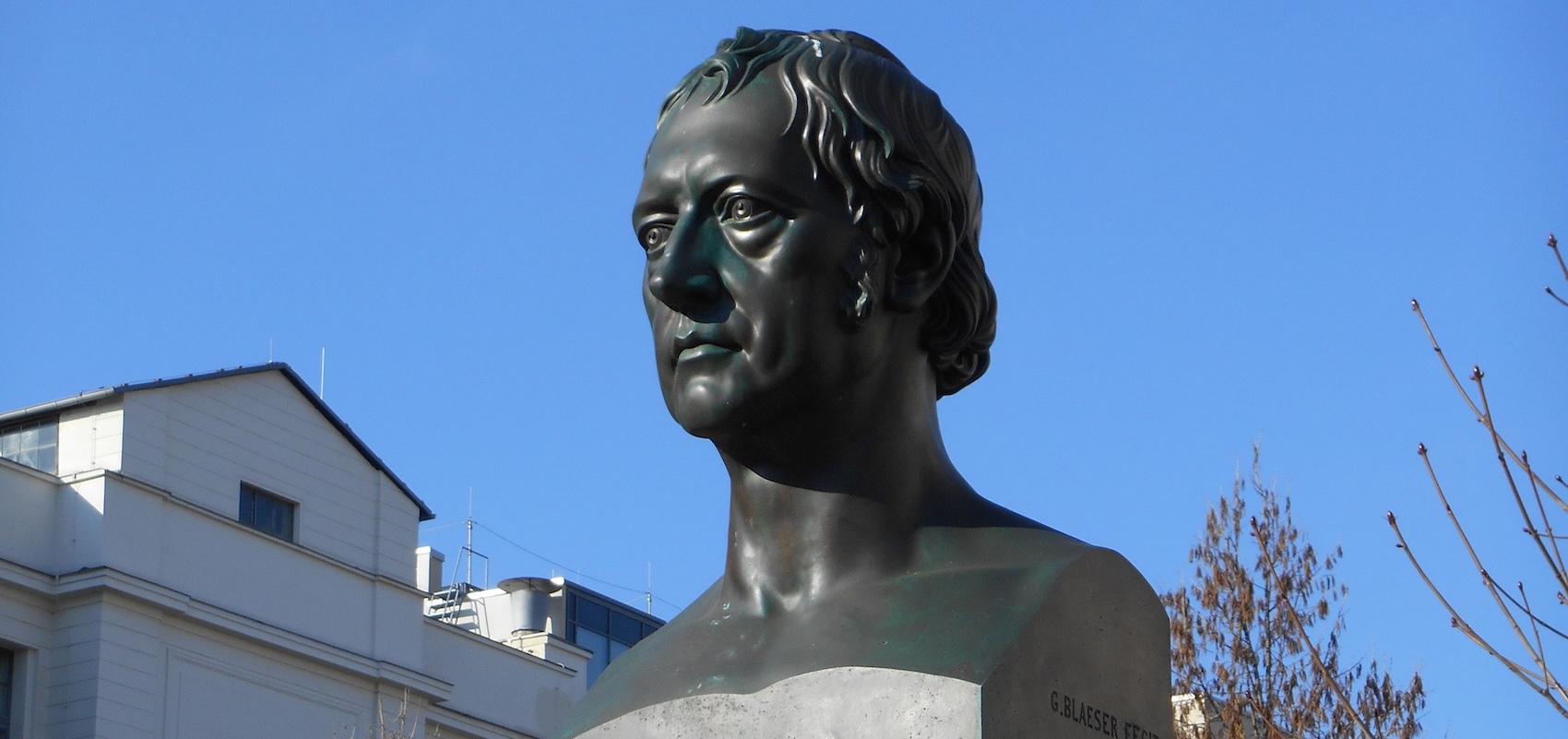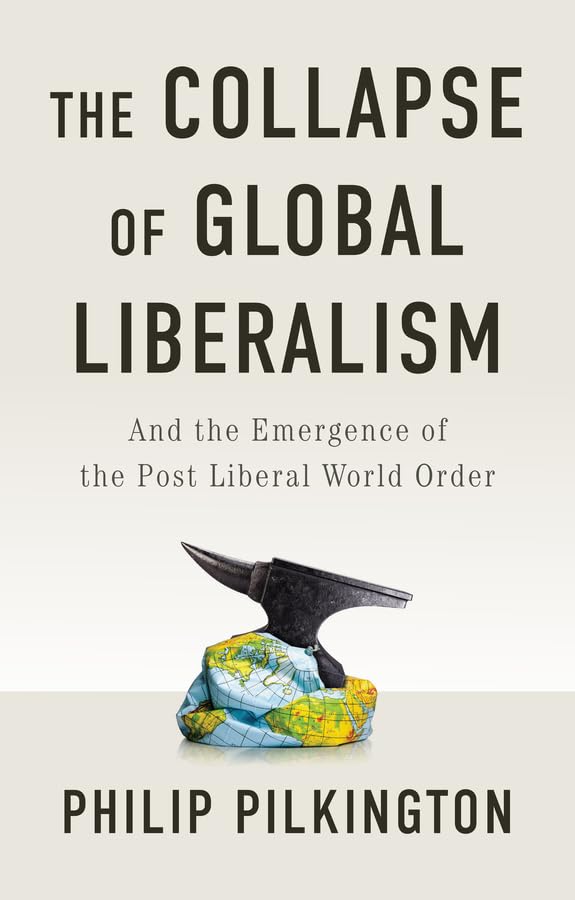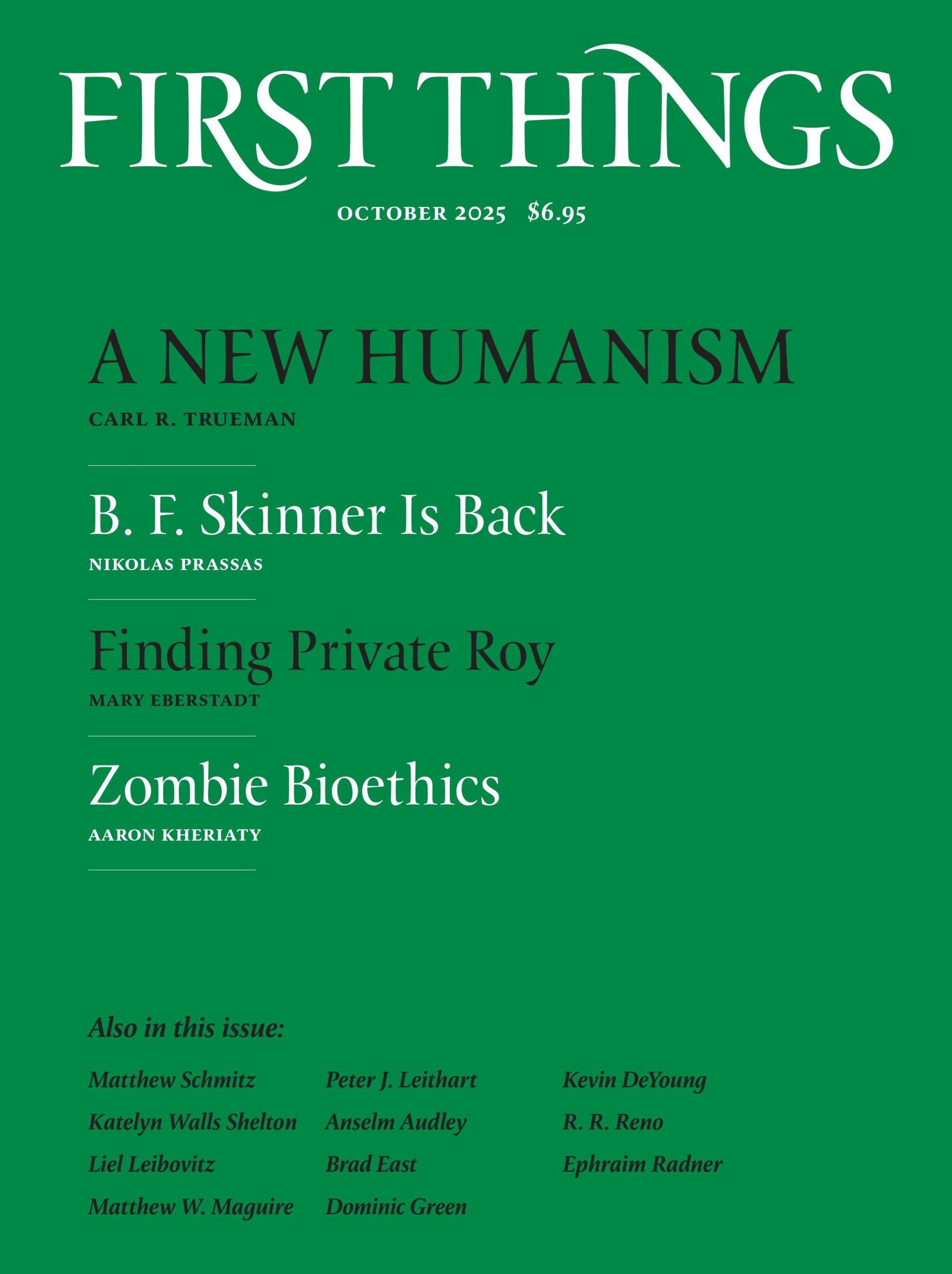
The Collapse of Global Liberalism:
And the Emergence of the Post Liberal World Order
by philip pilkington
polity, 237 pages, $22.95
A sense of an ending is in the air, but there’s little consensus about what’s ending or why. Progressives worry about the end of democracy, while MAGA conservatives celebrate the sudden implosion of libtard dominance. European leaders stand aghast at widening fissures in the transatlantic alliance, while Hungary boldly carves out a new path for the continent. Millennials and Gen Zers see the American Dream riding off into the sunset, while the terminally online either fret over the instability of the postwar consensus or gleefully push it further toward the edge.
Economist Philip Pilkington has a name for all this: We are witnessing the “collapse of global liberalism.” Liberalism isn’t dying; it is well and truly dead. Any signs of life are the twitches of a cadaver. I’ll come back to “liberalism,” which does some heavy lifting here and for many other contemporary writers (mea culpa). The great virtue of Pilkington’s book is his attention to the specific ways the world has changed, very recently. There is, perhaps, little new here, but Pilkington moves with easy confidence across levels of analysis, from geopolitics to macroeconomics to birthrates to religion, producing a succinct and largely convincing portrait of what’s happened and what’s ending.

The first thing that’s happened is China. Admitted to the WTO in 2001, it has now surpassed the U.S. and the E.U. in its share of international trade and has become the world’s largest economy. It has also parried Western efforts to curb its growth by cultivating deep economic relationships with and investing billions in Asia, Africa, and South America. Domestically, China has adopted and adapted Western economic patterns without becoming Western. Culturally rooted in ancient Confucian conservatism, with a centrally directed economy and an undemocratic polity, it succeeds despite defying the liberal paradigm. As Pilkington writes, Western forecasts of a Chinese crack-up are wishful. China is the real deal: “likely the most stable major economy in the world today,” and a frontal challenge to the way Western policymakers think the world works. China has taught the Global South that economic success doesn’t depend on conforming to Chicago School diktats about austerity, privatization, and free trade. Washington rules no longer rule, as other centers of global power have taken shape. In short, China is the main catalyst for the deterioration of American unipolarity and the emergence of multipolarity, a major theme of Pilkington’s work.
Russia’s invasion of Ukraine also happened. After the collapse of the Soviet Union, Russia remained stubbornly Russian, never really tempted to transform itself into a Slavic extension of the West. And since 2022, Russia has survived Western sanctions and ostracism. Here again, China looms large; China is neutral in the Ukraine conflict and has capitalized on Western sanctions by replacing the West as Russia’s main economic partner. Meanwhile, European industry suffers from the loss of Russian energy, and American trustworthiness took a hit when we froze Russian assets. Russia refuses to play by the rules of the global game and holds its own. Like China, it will have imitators, a prospect that justifies Pilkington’s judgment that the “Western response to the Russian invasion of Ukraine was one of the largest geostrategic and economic blunders . . . in modern history.”
Changes in military technology are also reshaping the global distribution of power. The Houthis have fought off all comers because they have access to cheap drones capable of damaging or destroying multimillion-dollar airplanes and ships. Trench warfare disappeared during World War II because of tanks and air surveillance, but now tanks can be taken out by drones, and surveillance technologies virtually eliminate the possibility of a surprise blitzkrieg. New wars will look a lot like the old ones, with trenches, fixed lines, and attrition. Victory will go to the nations with the heaviest heavy industry, superior strategy, and largest supply of available soldiers. It’s no longer sensible, if it ever was, to compare military strength by comparing military budgets.
In the West, hyperliberalism happened. With liberal politics largely on “autopilot,” as Pilkington puts it, liberals devoted their energies to pushing liberal ideas into the most intimate private spaces. Falling birthrates, brought on by the liberalizing of sexual practices, portend a host of crises—which the West tries to fend off by importing humans, a form of “biological imperialism.” Hyperliberalism also hardened economic policy, elevating competition into a transcendent good, regardless of the damage it did to manufacturing or wages. Deindustrialization weakened the West and it’s too late to fix it with tariffs. To compete in the global market, American companies went abroad in search of cheap labor, but they stay on because of the skilled workers and the culture of expertise that’s grown up around their factories. Apple isn’t going to shutter its Chinese operations anytime soon, especially after Trump gave them a loophole large enough for a container ship.
Religion happened—or, more accurately, continued to happen despite liberal prophecies about its demise. Christianity never disappeared, and pre-Christian religions have recently made a comeback. Many Western countries have effectively established an environmental worship of Gaia, ending the centuries-long liberal effort to privatize religious beliefs. The only religions that are withering today are liberal ones, while fresh forms of paganism spring up, turning Western countries green and threatening to wreak havoc on energy-dependent advanced economies.
Much of The Collapse of Global Liberalism presents granular analysis of this sort, but the book is overlaid with a Big Metahistorical Thesis about liberalism: a Hegel-sized thesis, no less, based on the supposition that “discernible abstract ideas” are the invisible drivers of history. Pilkington admits that liberalism comes in soft, hard, and hyper- intensities. Still, throughout its history, liberalism has been a system of ideas and a metaphysics committed to a set of core convictions that issue in a political and cultural project: Society must be rationalized, and, specifically, society can become rational only when hierarchies are demolished and human relationships equalized, organized by consent and contract. Take Adam Smith’s commercial society—everyone trucking and bartering for advantage—apply it to family, church, social relations, sexuality, and you’ve got liberal order. Pilkington’s definition is elastic enough to include Marxism as a form of liberalism, since Marxists seek to demolish the economic hierarchies that liberal economies generate.
Liberal metaphysics, for Pilkington, also entails an eschatology. Long before Francis Fukuyama, liberals have awaited the final triumph of liberalism. Impatient liberals kick in some doors to ensure its elusive victory. At its worst, liberalism becomes a vicious circle, or a selfish meme, which exists only for its own self-perpetuation. This line of argument resembles the thesis of Patrick Deneen’s Why Liberalism Failed, the Bible of American postliberalism. In Deneen’s telling, and partly in Pilkington’s, the contemporary West blossomed from liberal ideology like a flower from a seed.
Liberal ideas are, Pilkington claims, directly to blame for many contemporary social crises. Religiously devoted to progress, liberals are more enthusiastic about sheer novelty than about real-world outcomes. Every new technology is better than the last new technology. The DOD is dazzled by shiny new weapons, whether or not they confer any actual military advantage. Pilkington asks the unaskable: Is email really all that much better than a fax? Collapsing birthrates can also be traced to liberal convictions. As Deneen has emphasized, liberalism rests on an anthropology, and kids violate liberal anthropology in every way. Children enter the world without their consent, can’t approve a contract, can’t even stand on their own two feet. Neither can the elderly, which makes euthanasia an attractive option for liberal societies whose younger workers are squeezed by lopsided demographics.
Pilkington also indicts liberalism for the crisis of homelessness, addiction, and mental illness. Liberals free people to do whatever they like: We can’t keep them from choosing to do drugs. Confining the insane violates their autonomy. The proof is in the converse: Traditional societies (the Gulf States, for example) affirm hierarchy and authority and severely punish crime, and they boast clean and livable cities. Liberalism licenses individuals to pursue freedom even at the cost of losing their dignity as human beings.
Pilkington’s metahistorical thesis introduces some wobble into his argument. When he is describing the impact of China’s rise or the Ukraine war, “liberalism” refers to the postwar international order, or, even more specifically, post-Soviet unipolar politics. When he is discussing homelessness and the demographic crisis, “liberalism” is an ideology marching steadily through the entire modern period. Pilkington steadies the wobble by saying that liberalism has only recently reached its practical and conceptual zenith, but the wobble remains.
The definitional wobble is a symptom of a larger problem, the clash between the book’s intellectualized framework and Pilkington’s illuminating and very concrete portrayal of what’s happening around us. Liberal order is the embodiment of an idea, but it’s being dismantled through a series of contingent events. Surely, though, liberal ideas were born in the same manner as they are now dying: that is, in the midst of unpredictable power struggles, wars, and economic upheavals. Pilkington’s Big Idea tilts idealist, but his account of liberalism’s end is thoroughly realist. At times, the idealism swallows up the details, and it seems that he has catalogued all that’s wrong with the world and laid it at the feet of liberalism.
In fairness, Pilkington didn’t write a history of liberalism, but the imbalance affects both his diagnosis and his prescriptions. By intellectualizing, nearly reifying liberalism, he makes liberalism seem more consistently ideological than it is and makes it difficult to sift out the good in it. Indeed, on his account, it’s hard to discern liberalism’s appeal. Human beings are, he says, inherently hierarchical and ritualistic creatures. But if liberalism cuts so directly against the grain of human nature, how did it triumph in the first place? What’s the secret of its staying power? Simplicity, Pilkington says. Simplicity and reductiveness make liberalism dangerous, but “these are the very characteristics that make it so attractive.” But that’s far from adequate to explain a mega-idea that’s gripped the West for half a millennium. On the face of things, it seems much more plausible that liberalism captured something true about the human condition, however distorted it was or has become.
Pilkington’s postliberal prescriptions are charmingly, refreshingly modest. He proposes no grand system of ideas or policies, no twelve-point program. Instead, he calls on common sense, time-tested traditions, and nature. Natural law and teleology will make a comeback in a post-liberal world, but Pilkington’s treatment of these topics is so brief that it’s hard to know what he has in mind. By the time we reach the closing pages, we’ve left Hegel well behind. Not that I’m complaining, but if Hegel is right, we can’t issue liberalism’s death certificate until some other Big Idea comes along to replace it. If Hegel is wrong, then maybe we can’t isolate a single key to modern political history after all.
I think we can resolve these tensions without depending on Hegel. Modern political order was a response to the Reformation and post-Reformation wars of religion. To prevent continued religious violence, it was argued, rulers had to scrape away all religious trappings. Liberalism uprooted power from its theological grounding, depoliticized the Church, and attempted to organize earthly society without any reference to heaven. Liberalism in Pilkington’s sense—rationalization, assault on hierarchy—is crucial to the story, but the larger framework is the collapse of medieval Christendom. As I’ve argued elsewhere, liberalism is a post-medieval ecclesiological heresy.
Pilkington is right that liberal order is fraying. But the prescription has to be something more internally coherent than his postliberalism. It should be a postliberalism that acknowledges the successes of the liberal centuries: an unprecedented increase in material wealth; the toppling or transformation of decadent aristocracies; freedom and the franchise; the worldwide dominance of liberal nations like Great Britain and the United States. On all these fronts, liberalism’s record is mixed, and it’s arguable that its strengths depend on institutions and convictions that predate liberalism. But on a purely historical basis, we’re right to conclude that there’s something human and humane, something worthy of preservation, in liberalism. Christians should press for a renewed Christendom, one that has learned these valuable lessons of the modern age—not least the lessons that Pilkington so incisively analyzes here.
Image by Miriam Guterland, licensed via Creative Commons. Image cropped.

